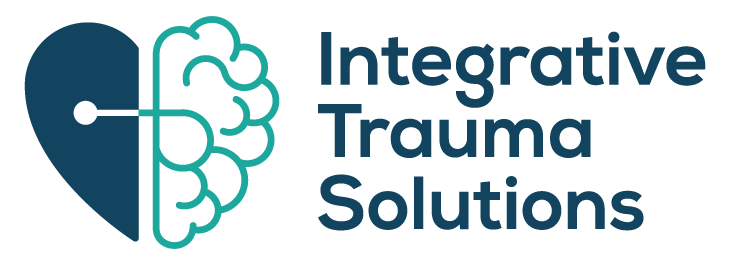When we live through trauma or prolonged stress, the nervous system can become stuck in patterns of hypervigilance, freeze, or overwhelm. These aren’t flaws — they’re intelligent, protective responses from a system that’s been working hard to keep you safe.
Neurofeedback offers a quiet, non-invasive way to support your brain in shifting out of survival mode and into a more balanced, grounded state. You don’t need to revisit the past or explain your pain for healing to begin. Your brain leads the process — we simply follow its pace.
